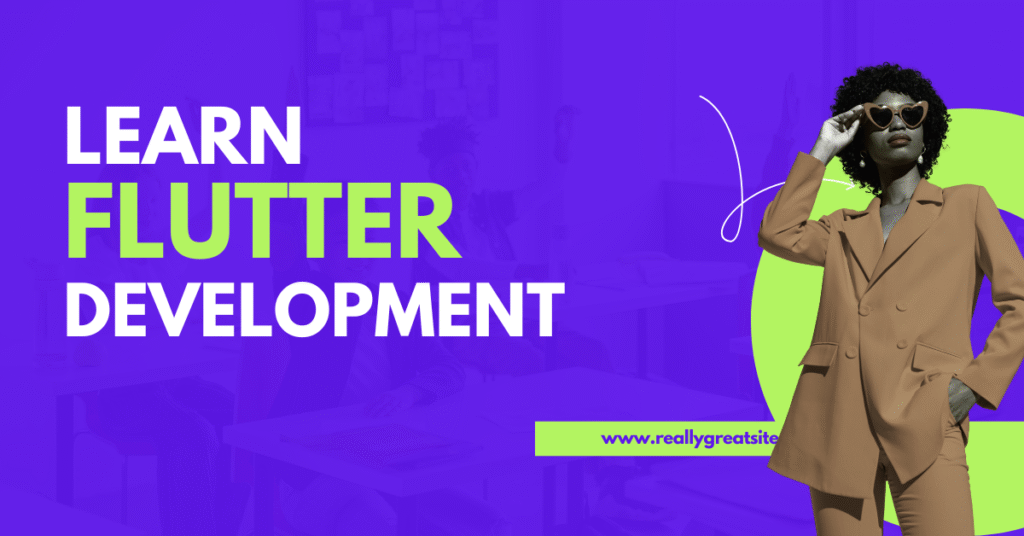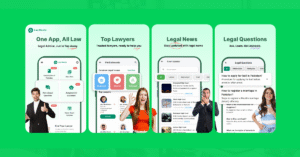Table of Contents
Flutter, Google’s open-source UI software development kit, continues to gain popularity among developers for creating high-quality, cross-platform applications. By 2025, the Flutter ecosystem is expected to have evolved even further, but the core principles of learning and mastering Flutter remain the same. In this article, we’ll walk you through the best strategies, tools, and resources to learn Flutter development in 2025.
1. Understand the Basics of Programming
Before diving into Flutter, it’s essential to have a foundational understanding of programming concepts, especially in languages like Dart, which is used for Flutter development. Here’s how you can start:
-
Master Dart: Flutter is built on Dart, a language created by Google. It’s similar to JavaScript, Java, and C#, so if you are familiar with any of these, Dart will be easier to pick up.
-
Learn syntax, data structures, and object-oriented programming (OOP) principles.
-
Explore Flutter’s official documentation to understand Dart-specific features used in Flutter.
-
-
Basic Programming Concepts: If you’re completely new to programming, you can start with beginner-friendly tutorials on programming fundamentals. Websites like Codecademy or Udemy offer courses for beginners.
2. Set Up Your Development Environment
Getting your development environment set up is a crucial first step in learning Flutter. By 2025, the process will be streamlined, but here’s what to keep in mind:
-
Install Flutter SDK: Download the latest stable release of Flutter from the official Flutter website. This includes both the framework and the tools to run and test your apps.
-
Set up an IDE: Flutter development works best with Visual Studio Code (VS Code) or Android Studio. Both come with Flutter-specific plugins to make coding more efficient.
-
Install Flutter and Dart plugins for the IDE you choose.
-
Set up an emulator (either iOS or Android) to test your applications.
-
-
Configure Device/Emulator: You’ll need either an Android or iOS device for testing. If you’re on a Mac, it’s highly recommended to also install Xcode for iOS emulators.
3. Learn the Flutter Framework Basics
Flutter is all about building beautiful user interfaces (UIs) quickly and efficiently. Understanding the core concepts of Flutter is key:
-
Widgets: Everything in Flutter is a widget—whether it’s a text box, button, or even the app itself. Learn how widgets are structured and how they combine to form complex UIs.
-
State Management: Managing the state of your application is one of the most important aspects of Flutter. Popular state management solutions like Provider, Riverpod, or Bloc are widely used, and learning them will be crucial as you scale your applications.
-
Layouts and Navigation: Master the layout system in Flutter. Learn how to use Column, Row, Stack, and Grid widgets for responsive layouts. Navigation in Flutter is also vital—understanding routes, navigation stacks, and the Navigator class will make building multi-screen applications easier.
-
Asynchronous Programming: Dart is built for asynchronous programming, and Flutter leverages this to handle tasks like network calls. Learn about Future, Stream, and Async-Await patterns in Dart.
4. Explore Advanced Flutter Features
Once you are comfortable with the basics, you can move on to more advanced Flutter topics, which are expected to become even more robust by 2025:
-
Flutter for Web and Desktop: In 2025, Flutter’s support for web and desktop applications will have matured. Start learning how Flutter works across all platforms, and understand how to write apps that are optimized for mobile, web, and desktop.
-
Custom Widgets and Animations: Flutter excels at customizability. Learn how to create custom widgets and complex animations to make your app stand out. There will be more sophisticated tools available in 2025 to help you with animations.
-
Flutter DevTools: Learn how to use Flutter DevTools for debugging, performance analysis, and UI inspection.
5. Practical Projects to Build
The best way to learn Flutter is by building real-world applications. Here are some project ideas to test your skills:
-
Weather App: Fetch weather data from an API and display it in a beautiful UI.
-
To-Do List: Build a simple task manager to practice state management, forms, and local storage.
-
E-commerce App: Create a product catalog, implement a shopping cart, and connect to a payment gateway.
-
Social Media App: Use Firebase for user authentication, database management, and real-time updates.
By building these projects, you will get practical exposure to features like working with APIs, managing databases, and using third-party packages.
6. Stay Updated with Flutter in 2025
The Flutter ecosystem evolves rapidly, and in 2025, there will be numerous new updates and libraries. Here’s how you can stay up-to-date:
-
Follow Official Flutter Blog: Google’s official blog is a great place to learn about new features, updates, and best practices.
-
Join Communities: Participate in Flutter-related forums, groups, and subreddits such as Flutter Dev on Reddit. Attend Flutter conferences and workshops (both virtual and physical).
-
Contribute to Open Source: Once you’re comfortable, contributing to open-source projects can solidify your knowledge while helping others.
7. Use the Right Learning Resources
There will be no shortage of resources in 2025 to help you master Flutter. Some of the best resources include:
-
Official Flutter Documentation: Flutter’s own documentation is comprehensive and updated regularly. It includes tutorials, sample projects, and API references.
-
Courses and Tutorials: Websites like Udemy, Coursera, Pluralsight, and LinkedIn Learning offer up-to-date courses. In 2025, expect interactive platforms with AR/VR support to enhance learning.
-
YouTube Channels: Channels like The Net Ninja, Academind, and CodeWithChris provide hands-on tutorials.
-
Books: Books like “Flutter for Beginners” or “Beginning Flutter” by Marco L. Napoli offer structured learning paths.
8. Practice, Practice, Practice
Learning Flutter in 2025 will require dedication and constant practice. Make coding a daily habit. The more you code, the faster you’ll improve. Join developer challenges, participate in hackathons, or build your own unique projects.
Conclusion
By 2025, Flutter will remain one of the most powerful frameworks for building cross-platform applications. With the right mindset, dedication, and resources, you can master Flutter and become a proficient developer capable of building apps that run on mobile, web, and desktop platforms. Follow this guide, explore the latest tools, and most importantly—keep building!



